 In a sobering appeal to the nation tonight, Prime Minister Dr Keith Rowley prepared the country for possibly more deaths and infections from the COVID-19 coronavirus, and beseeched citizens to “take cover” over the next two weeks to give us a fighting chance to save ourselves. In an address to the nation, Rowley said the request of the Government, on the advice of the medical experts, was simple – stay indoors, stay away from as many people as possible, isolate and do not congregate. He said the country was at war, and every person in Trinidad and Tobago was now a soldier fighting an invisible enemy that passed from person to person silently. As of Sunday afternoon, the virus had killed three, and infected 78 in Trinidad and Tobago. Globally, the pandemic, as of tonight, had killed more than 700,000, and killed more than 33,000, crippling heath care systems and collapsing economies. Rowley said that while the elderly were particularly vulnerable to the pathogen (two of the locals victims were 77 and 80 years), he was troubled that in “we have seen in recent hours that children are also vulnerable”. He said that good hygiene was the only antidote and until a vaccine became available it was the best and only weapon available. “So please, let common sense prevail and let personal responsibility be your contribution”, said the prime minister, who likened the fight to the ones fought by Trinidadians in World War I and World War II and who are honoured at Memorial Park, Port of Spain. Of the stay-at-home order he said “we have identified that it’s not an absolute instruction to every single person. If we are to continue with some semblance of life and engagement, many of us have to go out to ensure that there is water, there is electricity, there is health care”. He said that in the war now being fought by Trinidad and Tobago, there were heroes. “Our heroes are not the ones who today expect to have their names on memorials, but they are there. We as a people are grateful and must acknowledge the heroes who are in our health care system, the front line people, the first responders in every area who are there to protect us and they are doing a marvellous job”. “Don’t make their effort be in vain” to told citizens. He said: “You…simply have to take cover. If you want to exercise, I’m sure there is enough space in your home to exercise and to do things that will keep you exercised.” He a crisis, some things have to be given up, he said. “So from midnight tonight, essential personnel in essential areas will come out to do their duty. Non-essential persons, it does not mean that you are not important, or you less important, it is simple the mechanism for the response. The best response is for us to batten down, stay inside, don’t congregate, and stay away from as many people as you possibly can”. He said “In this emergency, I know it is not easy to not be able to hug your grandparents or your grandchild, but that is what we give up to be safe and to be successful. If we are to succeed, we take the advice of out health care professionals who tell us how this microbe will respond to our behaviour. From tonight at midnight we expect to ramp up our response to deny the microbe easy movement from one person to another. He said “Our ultimate goal is to ensure that at all times out health care preparations are such that we can deal with any situation that exists in Trinidad and Tobago at this time. We expect that in the coming weeks, that the situation will change, not for the better because the model shows that we expect more infection and possible more loss of life. What we are trying to do is to minimize those numbers by our response…(so) withdrawn and isolate. That is how we defeat this invisible enemy.” He said “I know we are a discipline people. We have shown it time and time again. That discipline is now required to save our lives. As today has been designated and is being practiced as a day prayer, let us continue to ask God for his blessings, with the full knowledge that he has promised us that if we ask, he will hear and if we do what we are required to do, he will be pleased and he will do his part because we would have done our part.” Source: Daily Express, March 29, 2020
0 Comments
Did you know that as far back as 1940s housing development schemes existed ?
Morvant is located in the southern foothills of the Northern Range of the island of Trinidad. The first settlers were working-class families who made their livelihoods within the homes and businesses of the (relatively) more affluent middle-class people living in the nearby capital city of Port of Spain. Long before the political advent of the PNM -- the Trinidad government in the 1940s undertook in Morvant an innovative community-based housing development program that strengthened the social and economic stability of the village . The housing development scheme was patterned on the community development and housing strategy that was being used in Puerto Rico and, some years later, was used in Cuba. Through this program, the government solicited the interest of several Morvant families and encouraged them to assist one another in restoring older homes and in building new homes in Morvant. As a result of this housing development approach, many new families joined the older Morvant residents and came to belong and strengthen this vibrant, resourceful and proud working-class community ( Source : Wikipedia) Photos: Left: Dr Arthur Down taken in the early 1950s in sharp contrast to the photograph on the Right: I took from the same position 60 years later in 2012, only a few months before the collapse of the left smokestack. The photograph was taken while I was exploring lands which formerly made up Esperanza estate, located to the south of BC RECOLLECTIONS: I often cast my mind back to blurred memories of driving through sugar estates like Brechin Castle and Usine Ste Madeleine (USM) in the mid-60s. My parents had friends in both places and would often be allowed to take short cuts through the private estate roads. Brechin Castle (BC) was my favourite during crop time when we would often encounter trains loaded with cane going towards the factory or empties going in the opposite direction. There was a point over the Couva river where road and rail converged into a single bridge. Here a system of traffic lights held up road traffic if there was a train approaching from either direction. I was delighted in 1989 to see the bridge with rails still in situ and the remains of one of the traffic lights. Railway lines on either side having long gone. Sadly, on my last visit the old bridge seems to have been replaced altogether by a wider new one.
The sugar industry in Trinidad closed altogether in 2005. Only a few years ago there was a plan to restore Brechin Castle as a “Sugar Heritage Village” museum and business park. The venture seemed to gather steam when four diesel locomotives from USM were moved by heavy haulage road vehicles to BC, on 6 November 2012. I first visited the site at BC a few weeks later, on 28 December 2012, and met with Prof. Brinsley Samaroo and Arjoon Singh. On that occasion, I donated to the museum a series of vintage photographs (slides) taken of the sugar industry in Trinidad by the late Dr. Arthur Down. At the meeting we discussed plans for the museum which included a Sugar Museum, Sugar Archives, living Railway Museum (with short train rides for visitors), golf, convention facilities and a few other things. My last visit was on 21 February 2016 when Prof. Samaroo invited me to tour the sugar archives building which had been beautifully built to a high standard, as was the museum which we visited afterwards. Sadly, since that time, things seem to have come to a standstill. I don't know what has happened, but it seems that funding for the project has been suspended and lately we are informed that the factory is to be demolished. BC and USM once had everything and could have very easily set up an operation similar to that which now exists in Barbados at St Nicholas Abbey rum distillery & heritage railway. Redundant sugar workers and local people alike, could have benefited tremendously had this been realised at BC in Trinidad. A recent British Parliamentary study of the effect on local communities across Britain by having a heritage railway and this also could equally apply to a heritage center such as BC in Trinidad. The following is a quote taken from the British report: "Economic Benefits - Heritage railways make a major contribution to the economies of the areas they serve both in terms of attracting tourism and of substantial spending on local services. Research undertaken for a number of railways suggests a mean benefit to the local economy of around 2.7 times the railway’s turnover. In aggregate, this would suggest that the economic benefit nationally is just under £250m". The same could have been set up at BC and running as of 2016. As time goes by the dream diminishes and the cost of restoring BC soars out of sight. In Trinidad we have very interesting history that would be of great interest to locals and foreign visitors alike. Below is some of the history associated with Brechin Castle which I know most local people don’t realise. The abandoned Brechin Castle that some of us know today is not the original sugar factory or “Usine”. The original factory was a much smaller operation that was located to the west of Couva, south of the river and towards the sea on a location that was to become known as “Tractor Shed”. The BC we know today was built on what was Sevilla Estate. HISTORY: Sevilla Estate was acquired as part of the great centralisation of sugar estates which began to take place following the abolition of slavery. This was the beginning of a process of amalgamation in the sugar industry which was moving away from smaller holdings, each with their own crushing mills and factory, into what became known as ‘Central Factories’ or much larger and more efficient modern works where cane would be brought for the process of sugar manufacture. The introduction of Central Factories was the prelude to the railway age in Trinidad where it became essential to transport cane to factory quickly and efficiently from greater distances. Because of this, particularly in the West Indies, both the sugar industry and railways are indelibly associated. By 1886 Brechin Castle, which by then included Sevilla Estate, was in the ownership of Turnbull Stewart and Co. The company owned a railway for their cane transportation needs as well as ocean going ships to transport manufactured sugar to the UK. A very good description of Turnbull Stewart and Co's operation is described by J.H. Collens in his 1886 "Guide to Trinidad" as follows: " the train has started again; rolling over the muddy Couva River by the longest iron bridge in the island, you see on the right the fine works of Brechin Castle (Mr. G. Turnbull), in the Savanetta part of Couva (Savanetta = little savanna). These were the first Vacuum Pan works erected in Trinidad, and the fine crystals made here took the first prize at the local exhibition in February this year (1886). On the left is Sevilla, worked in connection with Brechin Castle. The first building is the estate hospital; a little further, on the rising ground, is the residence of Mr. John S. Wilson, planting attorney of Messrs. Turnbull, Stewart and Co. There is telephonic communication between Brechin Castle and Sevilla, and from the former to the shipping place. Behind Sevilla, in the direction of Montserrat, are Milton (Messrs. C. Tennant, Son and Co.) and Rivulet (Mr. G. Turnbull)." The railway bridge over the Couva river described in the 1886 account above still stands to this day. It was known as the “Sevilla Bridge”. This bridge was originally built by Contractors and Engineers Westwood and Baillie & Co. of London England and in 1922 it was reinforced by TGR engineer C. R. Walker so that it could take the heavier Canadian engines (21 Class) which began to arrive in Trinidad in 1920. Travelling south in 1886 the factory was on the right, today it stands on the left of the old railway line. Also note the mention of the "shipping place". At one time there were 18 "Shipping places" or "Embarcaderes" before the coming of the railways when produce was moved by river to the sea for onward shipment. By 1913 Brechin Castle estate, including Sevilla Estate, was owned by Trinidad Estates Co. under attorney W.G. Kay. At the time it included the following estates: Rivulet, Milton, Caroni and Sainte Helena. The company was managed by J.W. Arbuckle and J. Gilbert. The Engineer was F.M. Goodwin. In 1923 a group of estates near Tacarigua known collectively as Orange Grove and belonging to West Indian Estates changes to Trinidad Sugar Estates Limited. In 1924 the original Trinidad Sugar Estates Limited became part of Caroni Sugar Estates (Trinidad) Limited with factories at Caroni (note: the original Caroni Estate, close to Caroni village, was originally known as “Frederick Estate” and today Frederick settlement still exists) and Brechin Castle. In 1936 Tate and Lyle purchased 50% of Caroni estates. Then at around the same time, Caroni (1937) was created when Tate and Lyle, with Caroni Sugar Estates (Trinidad) Ltd, formed a conglomerate which included Waterloo on the Western coast and Brechin Castle in Couva. In 1939 the Brechin Castle sugar factory had been rebuilt to process canes from both Caroni and Brechin Castle. Later the capacity of the factory was doubled to include the Waterloo factory which was demolished. By 1940 the landscape of its headquarters, Brechin Castle, was changed with new factory and the four cooling ponds at the back as well as major company offices, the dispensary, Sevilla School, Sevilla Club and residences for mainly expatriate senior staff. This was the when the new factory (the one now abandoned) was built on the old Sevilla estate. Caroni continued to expand with the acquisition of Esperanza in 1956, Woodford Lodge in 1961 and Sainte Madeleine in 1962. Caroni later became 1975 Limited and the rest is within living memory for most of us. What an important historic attraction this could be in central Trinidad. It could be the project that opens a new chapter or turning point in the tourism industry of Trinidad and Tobago. Glen Beadon 11 March 2020 badjohn – noun A man willing to use violence and who likes being known as a dangerous person; a ruffian, hooligan or miscreant. An illusion to Bajan John “Bad John” Archer, a criminal who figured prominently in Trinidad in the early 20th century. 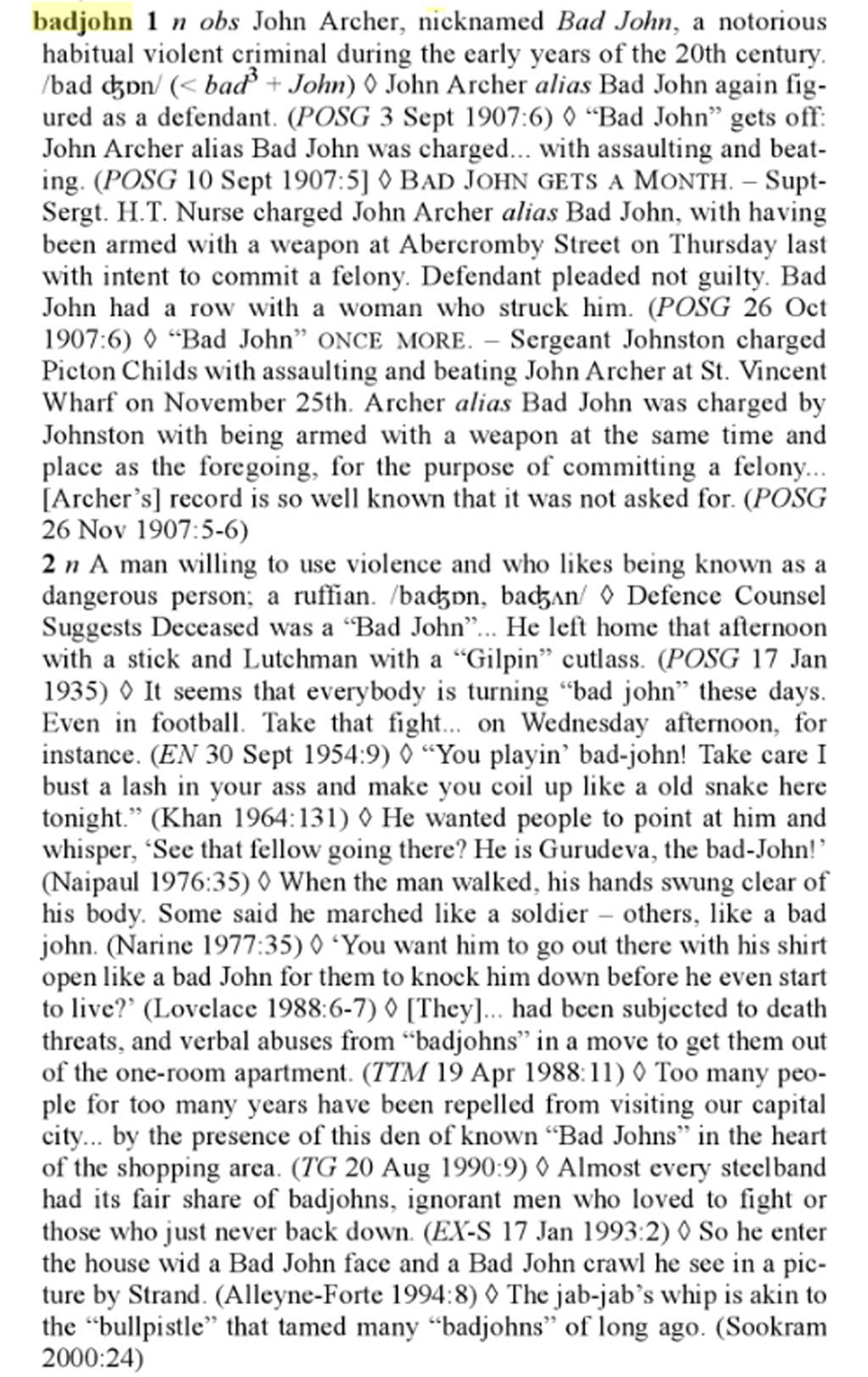 Of the countless jailbirds to tread this island, none has cast a longer shadow than [Bajan] John Archer, who set the local, probably the regional, and – who knows? – maybe even a world record with 119 criminal convictions, and whose very name would come to mean a ruffian and a bully.
“John Archer, a notorious Police Court character,” reported the Mirror in 1902, “better known as ‘Bad John’.” It was from him we got the term badjohn, which lexicographer Lise Winer defines as “a kind of ruffian; a man willing to use violence and who likes being known as a dangerous person.” So the above Mirror report continued: Bad John,” and a woman named Augusta Wood, were charged by Detective John Dash with fighting in London Street, Corbeaux Town, on Wednesday morning. “When the woman was arrested a sharp table knife was found in her pocket, and – at this stage the woman was heard to hiss in an under-tone, “I should have killed him” “Before the stalwart constable at his side was able to divine his meaning the incorrigible “Bad John” hurled himself on the object of his wrath, and with a terrific and lightning-like right-hander on the jaw, sent her reeling against the dock he encircled the woman’s neck with his vice-like fingers, and bit her on her forehead . “In an instant five burly constables and a corporal were upon the fierce combatants trying to separate them. They soon succeeded and “Bad John” was observed to pull a tuft of the woman’s hair from between his teeth.” He was dangerous all right, to others as well as to himself. Although it seems he had greater success against women, John was an equal-opportunities fighter, tackling women and men indiscriminately, as willing to give a good thrashing as to receive one. James Inniss, for instance, fought John over a plank of wood on which John intended to sleep. Inniss “fell upon John with his fist and foot and beat him mercilessly… Some time later he again met John on the reclaimed lands and broke a piece of an oar upon his head and again kicked and cuffed him John seized a bottle and struck him on the forehead.” In another case, Charlie Crab-Back beat John and convinced the magistrate that a woman had paid Bad John to beat him. Crab-Back was fined ten shillings for beating John, who was then sentenced to two months’ hard labour for throwing a bottle at Crab-Back. His 45 previous convictions turned the magistrate against him, yet Bad John was also famed as a “friend and protector of all little children,” although no exemplary incident has so far come to light. It’s not certain when John Archer was born. At his death in 1916 he was, according to the Port of Spain Gazette, 62 years old, although three years earlier the Argos had put him at between 76 and 80. We do know, however, that he was born and grew up in Barbados, where as a young man he served in the Second West India Regiment. The combination of a Bajan upbringing and military experience explains much of his character: his fierce loyalty to Britain; his obedience to figures in authority; and his proud if peculiar sense of probity. Responding in 1904 to a charge of disorderly conduct John stated that he was in St James singing “Rule Britannia, Rule,” for which, ironically, he was arrested. “He then told the Magistrate that he had been a soldier and would never tell a lie. If he did anything he would say he did it. He had been to gaol 60 times – not once for stealing.” The magistrate asked: “You want to go up there to spend a few weeks?”. John replied: “Just as you choose, sir, I never fight against a power. I was a soldier.” Such acceptance never faltered, although he often insisted that he did no wrong and never lied, but magistrates inevitably gave credence to the flimsy evidence of the police. John “Bad John” Archer had left the regiment and Barbados in the mid-1880s with 300 others to work on the Panama Canal. It was the worst place for him. In the last half of the 19th century Panama experienced 40 administrations, 50 rebellions, five attempted secessions and 13 interventions by the US. Between 1863 and 1886 the isthmus had 26 presidents and almost continuous rebellions. According to an account in the Argos, “Bad John raised a fearful riot in which 230 of the number were shot dead, and running for his life, he got on board the S.S. Don, which was lying in Colon Harbour. Two days after the S.S. Don was out to sea, the stokers noticed Bad John hiding in the coal bunkers, and he was taken on deck and made to work for his meals.” He landed in Trinidad in 1887. “On getting here,” continues the Argos, “he was charged as being a stowaway and was sent to gaol for 14 days, that being the maiden imprisonment of his notorious career.” He worked on the wharves, a very black man in ragged clothes. He frequently wore a battered old beaver hat which held a Union Jack or a small likeness of the king. John read the papers, discussed politics knowledgeably and carried himself with dignity. A fervent Methodist, he regularly attended the Hanover and Tranquillity churches. “I know him and have always found him very civil and decently spoken,” said one anonymous commentator in the Mirror, who described one of many occasions on which John was arrested: “Presently the policeman asked his captive to wait a moment while he went round the corner in search of a witness. The prisoner affably consented and sat down on the kerb. Sundry evilly disposed persons urged upon him the desirability of vamoosing. But the arrested one said ’no,’ he had promised to stay.” He held no fear of gaol, where he was the most well-behaved prisoner, because “it is just as the Queen’s Park Hotel to me.” On the occasion of his 96th conviction, when he was sentenced to 30 days, he shouted to the magistrate: “I thought you would have given me some more.” Indeed, one limerick published in 1912 has him asking Magistrate Blackwood Wright for a month in gaol because of the high price of food. The truth is, Bad John disliked going to gaol. He mourned the death of Magistrate H.P. Hopson, who was lenient with him, and he hated Magistrate Wright for his harshness. John swore to suitably celebrate Wright’s retirement, and he kept his promise, informing all that Wright was a dog. For that he was charged with being drunk and disorderly and sent up for seven days. John also refused to speak to constables, but he had much in common with them, for most were Bajans who spoke only English and hated the rowdy, patois-speaking masses. And the 1880s saw the height of conflict between those of British culture and the rest of the society. Education and the civil service were being anglicised; the Canboulay Carnival procession and the drum dances were outlawed; the Hosay was brutally suppressed; and stern measures were taken against African customs, such as religious practices and especially music-making. John, naturally, despised the jamettes [A Trini term for a Brash and shameless skanky woman. What separates a jamette from just your average whore is that she is shameless and flaunts her skankyness]. Their anarchy would have gone against everything his Bajan heart held dear. At his trial in August 1904 for assaulting Louisa Brown, who tried to pick his pocket, he refused to cross-examine her. “I have nothing to ask her, she is a common prostitute, and your worship knows what a prostitute is,” he sneered, causing much laughter in court. Despite all his fights he never took a life, but, rather, saved several. “When the south-westers blew at the wharf, and craft and men were in danger, none so brave as he in plunging off into the heaving swells to save life and property,” eulogised the white planter Edgar Tripp [secretary of the Agricultural Society and committee member of the Trinidad Chamber of Commerce]: “Some three or four human beings owe their lives to him today – saved by him from the muddy depths of the harbour when seemingly all hope had gone.” So when a Trini calls you a badJohn, you’ll know the word originated as a descriptor for John “Bad John” Archer: a Barbadian born ex-soldier who had served in the British West India Regiment, ex-Panama Canal worker, ex stowaway and wharf worker who was a notorious habitual criminal in Trinidad in the early 20th century. Pictured below - Draupatie Maharaj (centre) with her grandchildren.  Commissioner of Police Gary Griffith announced on Carnival Tuesday that about 100 boys had been detained by police over the Carnival period. He said the boys, who were between the ages of 13 and 16, had been detained after police received intelligence that they were planning to disrupt the festivities with acts that included assault and theft. The media has been dominated by news of children being involved in school violence, attacks on teachers, vandalising school property and teachers' cars and engaging in dare games such as the dangerous Jump/Trip Challenge. This has prompted retired vice-principal and school teacher Draupatie Maharaj to release a CD and song book called "Growing Up With Values" specifically for at-risk children to teach them about love, right action, truth, non-violence, and peace. Speaking to Guardian Media at its St Vincent Street offices, Maharaj said "The country is in such a bad state where crime is affecting everyone's life and we thought we will start with the children. "It is a book and a CD prepared for primary school children and even younger than that. With children, what their ears hear, their minds absorb. "I strongly believe that they need to start with children. When they grow up with these values they will think twice before embarking on a life of crime. "Together with my grandchildren, Vaishnavi, Saakshi, Nishesh and Sharvi, we've done this book and CD. You can follow in the books, but very soon children will become accustomed to hearing it." She said once they go for a drive with their parents in the family car, they will play the CD with ten songs (some titles are Don't Give Up, The Time To Be Happy is Now and Stand Together). She said parents can encourage them to sing and sing together, it becomes fun. Maharaj said singing always does something positive to the mind and psyche; when you have a happy child his focus will not be on criminal activities. She said she had been a teacher for over 40 years at Tranquility Government Secondary School, Chaguanas Senior Comprehensive School and Chaguanas Junior Secondary School, vice-principal for over five years, and a senior teacher at the last school. Maharaj said she was very passionate about changing the value system in the country. Maharaj, who holds a BA and Diploma of Education, said even after retirement, she has been working with a group of teachers doing remedial work with children in the lower-income bracket areas and underprivileged children. She said they have classes every two weeks, conduct religious instruction classes at the Chaguanas Government Primary School and empathised with the children. She said these areas were where they were starting with them. Maharaj said teaching was her passion and changing the lives of those children who may be criminally inclined was a challenge, but they must do it. She said when they speak to children on a one-on-one basis, they see that they can change, while there was life, there was hope. Maharaj said she strongly believed that was the way to keep them away from a life of crime, the words and tunes in the songs were very catchy, children will benefit from them and she hoped that the positive message spreads. The CD and song book are available at Charran's Bookstores in Tunapuna, San Juan, and Trincity, Jadoo's Bookstore in Arima, Sookhai's Diesel in Chaguanas, telephone and Maharaj is also on Facebook. She said the introductory price was just $20; it was an investment in children's future and was well below cost which was done to reach a wide market as possible. Source: Trinidad Guardian, March 8, 2020 FOR the first time in TT's history, Tuesday saw the first all-woman panel of judges convened at the Court of Appeal. President of the panel Justice Alice Yorke-Soo Hon said she felt heartened to be a part of it.
Also on the panel were recently elevated judges Justices Gillian Lucky and Maria Wilson. Wilson, who received her instrument of appointment last week, was welcomed to the court by Senior Counsel Ian Benjamin, Director of Public Prosecutions Roger Gaspard, SC, and attorney Wayne Sturge.Lucky received her instrument in January. Yorke-Soo Hon welcomed Wilson and spoke of the wisdom she brings to the court. Benjamin spoke of her international experience as a former prosecutor at the International Criminal Tribunal for Rwanda and a prosecutor at the International Criminal Court. "Justice Wilson brings an international perspective," he said. Gaspard reminisced about her time at the DPP's Office. He said he has never forgotten her contribution to the office and praised her mental acumen and legal knowledge. He said there was no doubt she would make a stellar contribution to the appeal court. Sturge, who was signed out by the judge since he last appeared before her at her last trial as a High Court judge, said it was a momentous occasion for women. In her response, Wilson said she felt humbled by the welcome she received. Travellers from Germany, Spain and France are to be restricted from entering Trinidad and Tobago due to the outbreak of COVID-19 (coronavirus).
Travellers whose flights originated from Italy, South Korea, Singapore, Japan, Iran and China had already been subject to a 14-day wait after leaving those countries before they are allowed to enter Trinidad and Tobago before Prime Minister Dr Keith Rowley added the three latest nations yesterday. “The Minister of Health will take the necessary steps to add those three countries to the list of locations from which travellers coming to us will fall into the protocol,” Rowley said at a press conference at Piarco International Airport’s VIP Lounge after returning from an official trip to Ghana. He said his Government was also monitoring the situation in New York and the United Kingdom but stopped short of saying they would be added to the list. He reminded that he had warned of the potential economic fallout that could occur as a result of the virus in economies across the world. Rowley also said while talks with BP concerning future plans during his trip went well, the oil company was among those severely affected by the dip on the US stock market this week. Source: TT Guardian, March 11, 2020 |
T&T news blogThe intent of this blog is to bring some news from home and other fun items. If you enjoy what you read, please leave us a comment.. Archives
July 2025
Categories
All
|

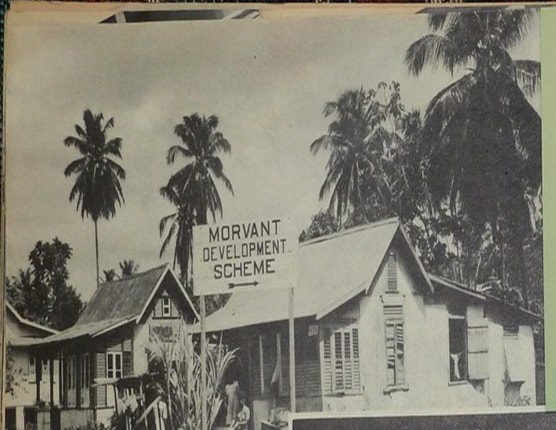
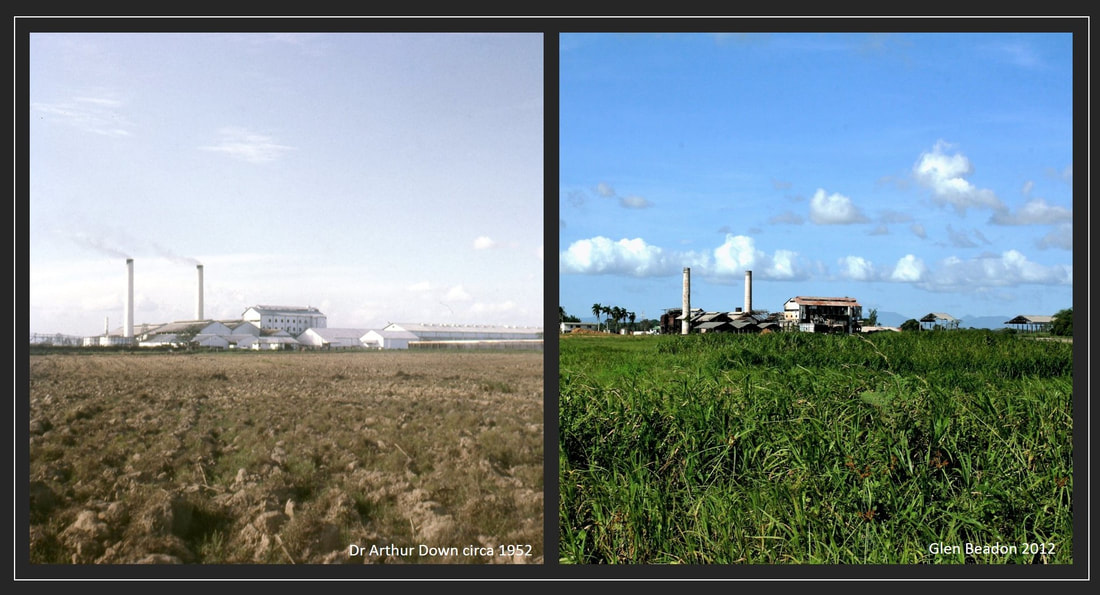
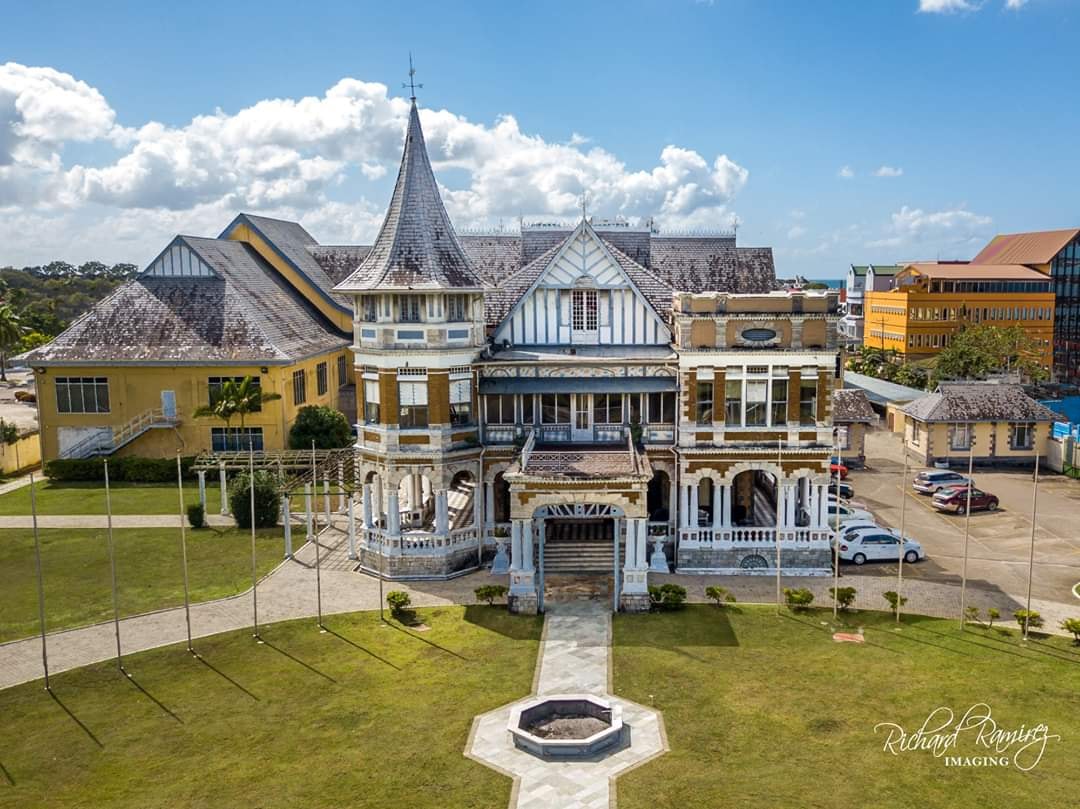
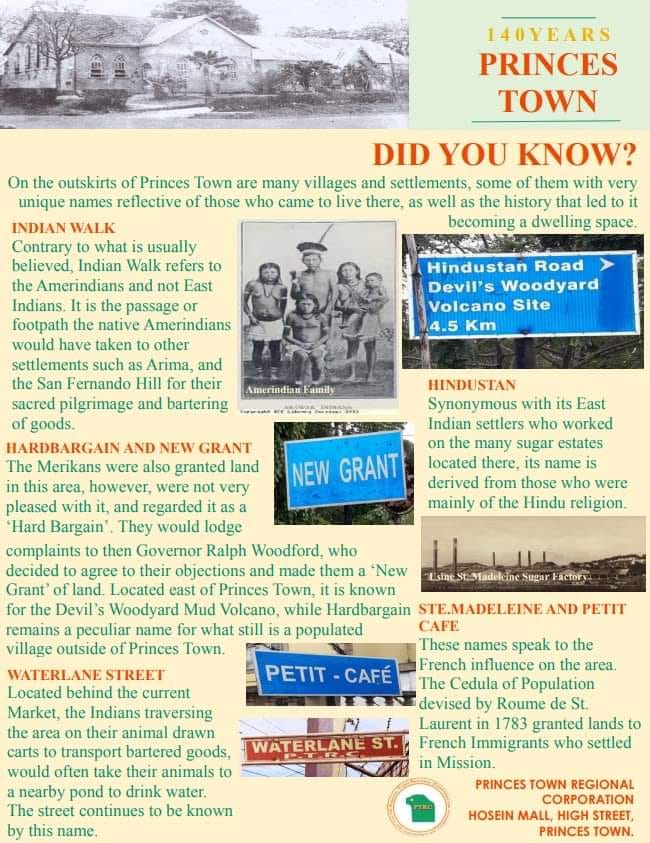
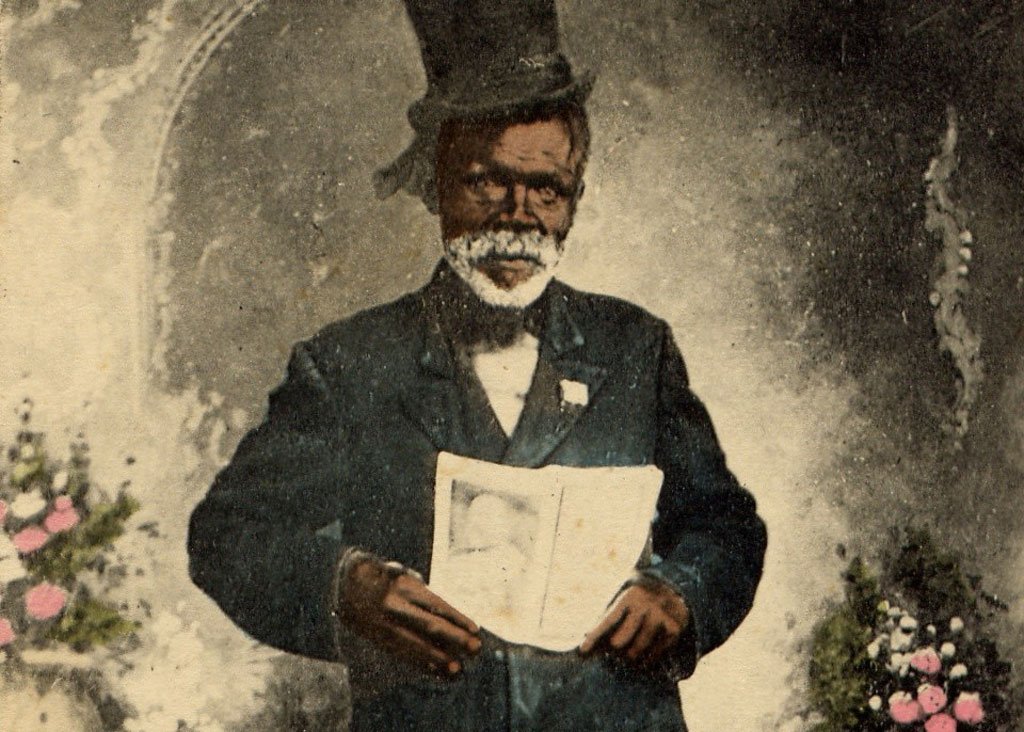
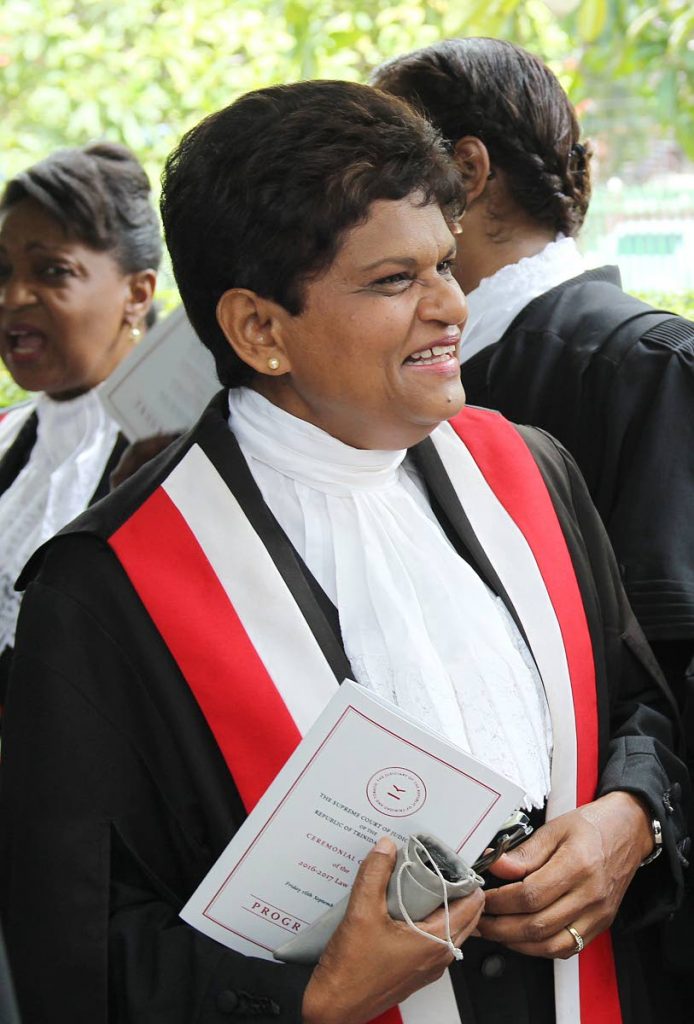


 RSS Feed
RSS Feed